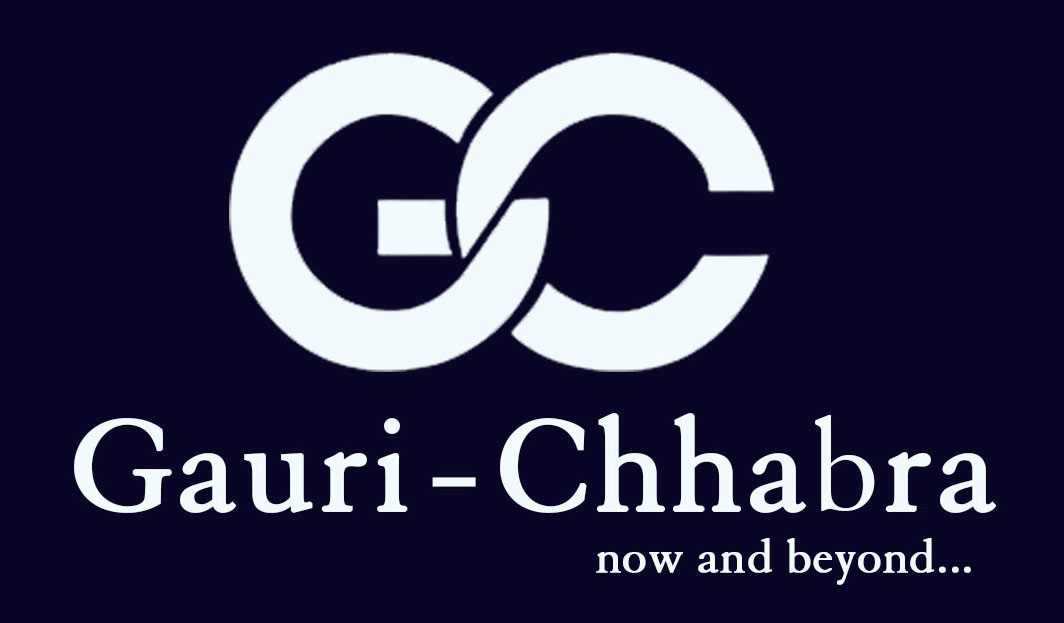To be or not to be?
Caught in a dilemma between Journalism and Mass Media? Often used interchangeably, these two options have subtle nuances between them. Let’s start with understanding the similarities and differences between journalism and mass media to make your choice easier.
Meaning:
Both Journalism and mass media are different means of dissemination of information. Well, in a longitudinal spectrum, one comes before the other. It is said that journalism is the first draft of history. If mass media is the activity of dispersing news, journalism is concerned with collection and dissemination of news through the print media as well as the electronic media. This involves various areas of works like reporting, writing, editing, photographing, broadcasting or cable casting news items. Journalism includes investigating, analysing and reporting local as well as world events, trends, current affairs, and so on.
Journalism is more about informing people about something meaningful. It is more predictable in its approach in which the emphasis is on information and facts. But on the other hand, as the name suggests, mass media is all about disseminating information to the masses at local, national or international levels with or without a necessary intent. Journalism gravitates towards news reporting for newspapers, magazines or television, while mass media involves journalism too. There’s a difference between the two as mass media is not a part of journalism but journalism is a part of mass media. There are the whole lot of things in mass media like radio jockeying, anchoring, content writing, disc jockey, video jockey, photography, cinematography, direction, scripting, advertising, corporate communications and so on.
Simply put, mass communication is about relaying information to the general public in mass at one specific time, whereas journalism is about conveying information on different topics to the literate public on different occasions.
COURSE CONTENT AND PEDAGOGY
A Bachelor of Journalism and Mass Communication (BJMC) program allows you to learn the skills needed for careers in reporting, news analysis and public relations. While earning this degree you will study subjects such as expository writing, newspaper writing, communications law, reporting skills, journalistic research techniques and news analysis. Some schools incorporate internship programs into the degree curricula, as well as a secondary major or area of emphasis outside of journalism. This course involves a subset of mass media in the sense that it calls for a professional familiarity with the various technologies involved in mass media like computer applications, respective software and hardware applied in print, radio, television, internet and other forms of media.
A Bachelor of Mass Media (BMM) gives you an insight into mass media, different types of communication, digital and print media. This course has been planned to offer you a concrete ground in communication skills.
Course Content
Normally, it is a three year course spread across 6 semesters. In the first semester, you will study about introduction to communication, media and journalism, Indian social system followed by the theory of communication, applications of computer in media, state politic and constitution and writing for media. In third semester the course content will include the media laws and ethics, media management, folk media and cyber media. Fourth semester will be about the development and communication, design and graphics, fundamentals of economics an Indian economy and national and international affairs. In the fifth semester, you will study about the introduction of public relations and advertising, tribal communication, communication research. In the last semester the focus will be on radio and television journalism and value education.
Bachelors of Mass media is also a 3 year course spread across 6 consecutive semesters. In the first semester you will study about effective communication skills, fundamentals of mass communication, introduction to computers, introduction to sociology and economics. In the second semester you will study about political concepts and Indian political systems, principles of marketing, principle of management and introduction of literature in English. In third semester the course content will be only be focusing on the introduction of advertising, journalism, public relations, media studies, culture studies and creative writing. In the fourth semester you will study mass media research, organisational behaviour, understanding cinema, radio and television, advance computers, print production and photography and advertising. In the fifth semester, you will study about advertising in contemporary society, copywriting, brand building, reporting, media planning, niche and magazine journalism, and consumer behaviour. In the last semester you will be studying the advertising and marketing research, legal environment and advertising ethics, contemporary issues, journalism, press laws and ethics, broadcast journalism and internet issue in the global media.
To summarise, Journalism mainly involves the components of political science, economics, communication theory, history of journalism and research methodology. It aims to acquaint students with the social facts, theoretical frameworks and role of the media as a mediating agency.Journalism is a more focussed study dealing with collection of information, sifting through it and researching. BJMC course helps you to acquire theoretical and practical information on various areas related to journalism and mass communication. Bachelors in Mass Media is a broader field focussed on socio political and legal environment and its impact on media and includes a fusion of photography, filmmaking, journalism, advertising, public relations, content writing, etc.
Institute Scape :
- Lady Shri Ram College for Women, University of Delhi offering an Hons program in Journalism.
- Delhi College of Arts and Commerce, University of Delhi offering Hons program in Journalism.
- Madras Christian College, offering BA Journalism
- International Institute of Media and Communication, Kolkata
- School of Communication, Manipal university,offering Bachelor of Arts in Journalism and Communication),
- Amity School of Communications, offering Bachelor of Journalism and Mass Communication.
- Ramnarain Ruia College, University of Mumbai, offering Bachelor of Mass Media (BMM) Indraprastha College for Women, University of Delhi, offering Bachelor in Mass Media and Mass Communication
- KC College of Arts, Science and Commerce, University of Mumbai, offering Bachelor of Mass Media
- Department of Media Studies, Christ University, Bangalore offering BA in Journalism, Psychology, English and BA in Communication & Media, English, Psychology.
Getting in:
For both the courses, the students who have completed their 10+2 studies from any of the recognized institutes are eligible to apply to the course. The qualification must be obtained with a minimum of 50% marks and English as one of the subjects. The candidate has to obtain the qualification in any of the streams of Science, Commerce or Arts. The eligibility requirements may slightly vary with the university that offers the course.
Job Roles
There are different roles that have to be handled by a Journalism and Mass Communication graduate according to the job profile. Some of them are like interviewing public in case of any incident, collecting the data and information from all the locations of the world, developing public relations and interactions, investigating the facts and information gathered by the sources and reporting and editing contents as per requirements. If you have a flair in photography, you can opt for photojournalism.
With BMM, you have a variety of career options to choose from like advertising, journalists, anchors, radio jockey and the like. BMM graduates can start their career as scriptwriters and anchors in television channels, editing and reporting etc., either for major media houses or in their own right.It is essentially about the many media of communication used by the masses, such as newspapers, magazines, cinema films, radio, television, etc. With the audience increasingly viewing content through smart phones, digital media has opened its doors to fresh graduates.Digital media not only offers great exposure but also facilitates learning and experience. Prominent media houses like YRF (digital), Viacom18 hire graduates for assisting in, production of web-series, videos, shows, etc. You can also become a social media manager who has the dexterity to handle media accounts of companies or individuals.
The Road Ahead:
Which field has more scope?
Well, the future of one depends upon the other. Journalism is a form of expression or brain work that includes making news judgments, gathering evidence, constructing narratives and making sense of things. It is a method of capturing and representing the world of events and ideas as they occur. It is dependent on media but is nevertheless a distinctive form of expression on which modern democratic societies depend.
To sum up, if you are a person with a linear approach to things and events,you should be going in for Journalism whereas your creative bent of mind would always gravitate towards a degree in mass media.







